Poetry Friday: Robins
Robins have a certain dignity.
They’re great mothers — they fly straight and fast, like an arrow, after the blue jays that try to rob their nests.
Plus, who can fail to notice their excellent posture as they hop across the lawn? They lose points for their prolonged mutilation of earthworms, though. Emily Dickinson captures the two sides of my feeling about robins in this familiar poem:
A Bird came down the Walk —
He did not know I saw —
He bit an Angleworm in halves
And ate the fellow, raw,
And then he drank a Dew
From a convenient Grass —
And then hopped sidewise to the Wall
To let a Beetle pass —
He glanced with rapid eyes
That hurried all around —
They looked like frightened Beads, I thought —
He stirred his Velvet Head
Like one in danger, Cautious,
I offered him a Crumb
And he unrolled his feathers
And rowed him softer home —
Than Oars divide the Ocean,
Too silver for a seam —
Or Butterflies, off Banks of Noon
Leap, plashless as they swim.
On the one hand, savage; on the other, “velvet” and “plashless.” On the one hand, the hunter; on the other, “frightened beads” for eyes.
On the one hand, the speaker is the hunter: “He did not know I saw.” On the other, she’s cautious, “like one in danger.”
Now for a bird watching question: I’m confused about young robins. I’m told that this is a young robin, and it does look robinish. The stubby tail is apparently the last feathered part of a bird to mature…
…but this is one that appeared in our yard this morning. This is more what I’m used to seeing. It’s not so round, has a long tail, and has no red breast.
Why do they look so different? Which one is further along in the maturing process? Feel free to weigh in in the comments. And be sure to visit the other Poetry Friday postings over at Check It Out.
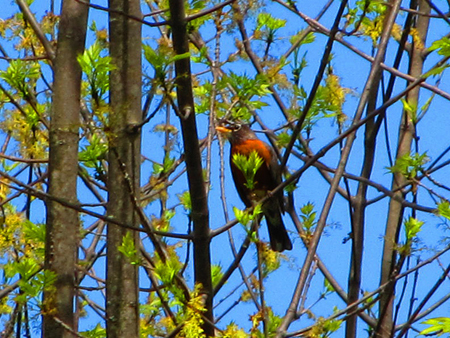

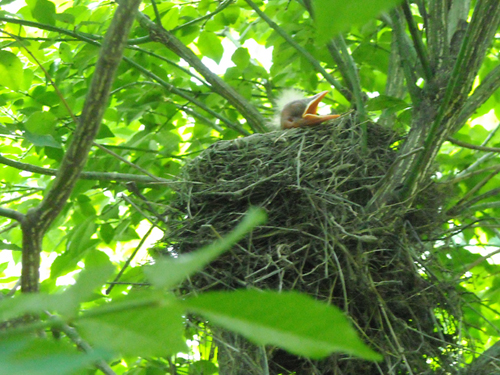
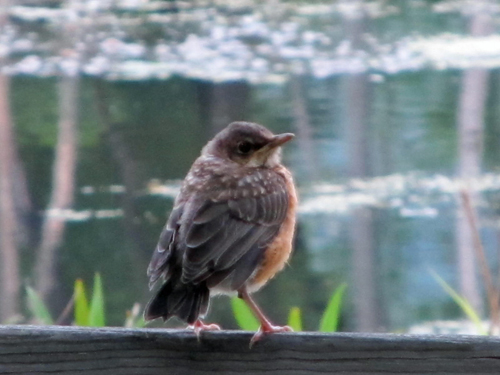
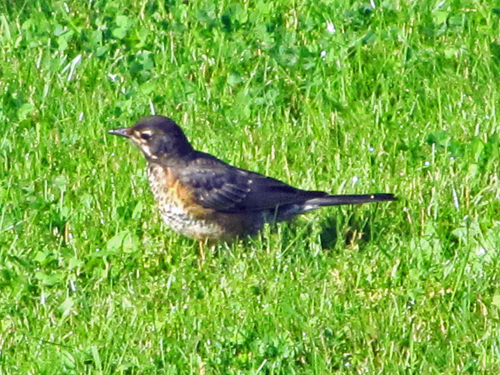
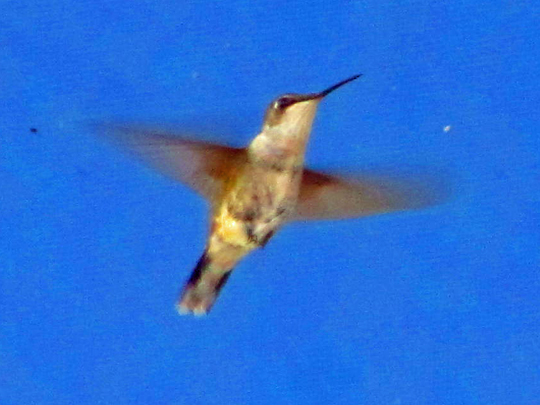
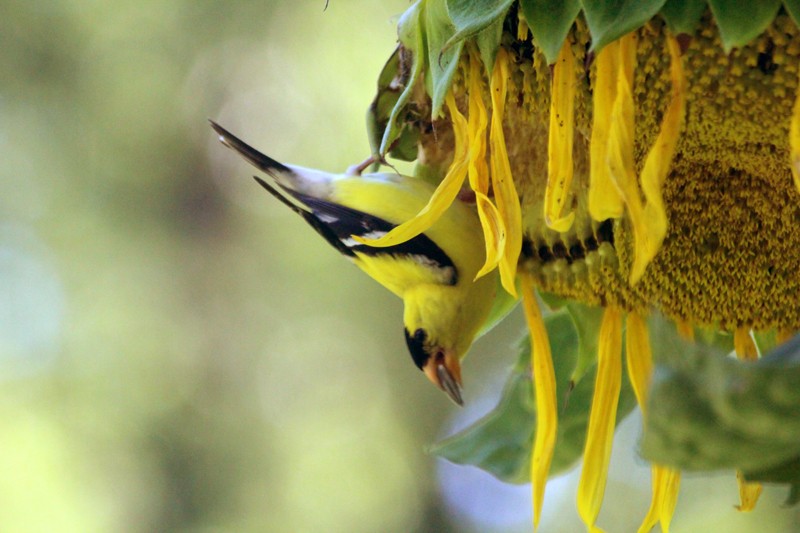
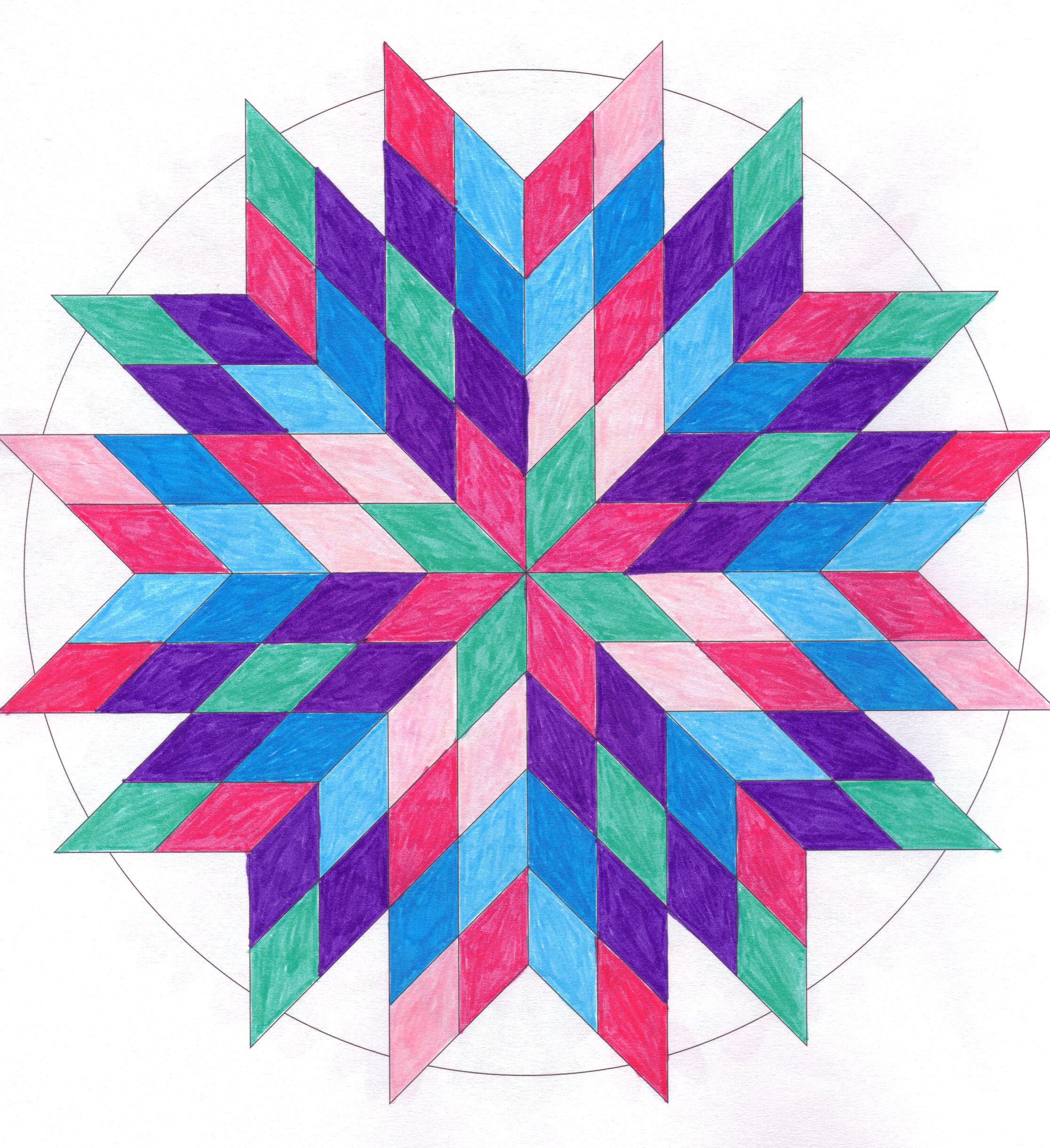
7 Comments
Ruth
I know nothing about robins but I ALWAYS love Emily. :-)
jama
Could the first robin with redder breast be a male? The second one is further along in maturation.
Wonderful poem, love your observations, too. Excellent posture :).
Amy @ Hope Is the Word
Lovely images, both visual and poetic. I won a volume of ED’s poetry when I graduated from highschool for having the highest grade in English. I’ve always enjoyed her poetry. As for the robins, I have no idea. I’m a novice birdwatcher. :-)
Robyn Hood Black
Love this visual and verbal celebration of robins! We’ve had one crew already – patient mom leading young ones all around showing them the ropes, and now a second female is sitting on a nest in a camellia bush right outside the back door. My guess is the one in question above is just quite young. You might already know the Cornell Ornithology Lab site, but if not, here’s a link: http://www.allaboutbirds.org/guide/American_Robin/id
Janet
Thanks, all!
How fun to have a nest so close, Robyn. I always feel absurdly pleased when birds choose to nest in our yard. Like a grandmother. :-)
Pingback:
Barbara H.
I marvel at the mind that can observe a bird and come up with a poem.
I hadn’t exactly though of the term “grandmotherly” when birds nest nearby, but I like it! I enjoy watching the whole cycle of nesting and parenting.